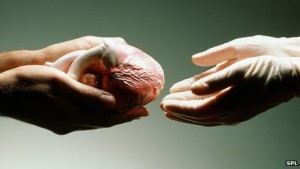Transplantation is the transfer of human cells, tissues or organs from a donor to a recipient with the aim of restoring function(s) in the body. The emerging field of regenerative medicine allowing scientists and engineers to create organs to be re-grown from the person’s own cells (stem cells, or cells extracted from the failing organs).
Stem cells are undifferentiated biological cells that can differentiate into specialized cells and can divide to produce more stem cells. Organ donors may be living or may have died of brain death or circulatory death. Organs and/or tissues that are transplanted within the same person’s body are called Autografts. Transplants that are recently performed between two subjects of the same species are called Allografts. Transplanting organs or tissue from one species to another are called Xenograft. A deceased-donor organ, usually a liver, may be divided between two recipients; especially an adult and a child are called Split transplants. The organs that can be transplanted include heart, kidneys, liver, lungs, pancreas, thymus and intestine. Cornea and musculoskeletal grafts are most commonly transplanted tissues.
Transplantation medicine is one of the most complex and challenging areas of modern medicine. Access to organ transplantation is one reason for the growth of medical tourism. Transplantation rates also differ based on race, sex, and income. Many other new drugs are under development for transplantation. The emerging field of regenerative medicine promises to solve the problem of organ transplant rejection by regrowing organs in the lab, using person’s own cells (stem cells or healthy cells extracted from the donor site). An early-stage medical laboratory and research company, called Organovo, designs and develops functional, three dimensional human tissue for medical research and therapeutic applications. Organovo has long-term expectations that this technology could be suitable for surgical therapy and transplantation.

